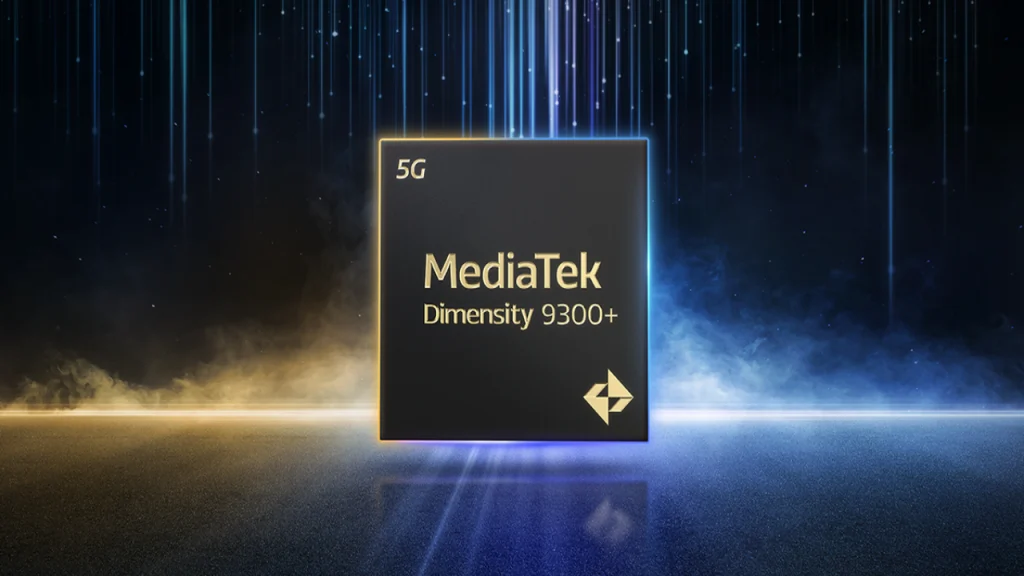- Platform pairs Airoha XGS-PON chipset with MediaTek Wi-Fi 7 for embedded AI
- Claims over 30% boost in network efficiency, supports 50 TOPS NPU processing
What happened: Joint launch promises carrier-grade edge AI inside fibre gateway
MediaTek and its subsidiary Airoha Technology have launched an AI-powered fibre gateway platform at Network X 2025 in Paris. The new device integrates Airoha’s XGS-PON AN7581 chipset with MediaTek’s Filogic 680 Wi-Fi 7 to deliver up to 50 TOPS of neural processing performance. The gateway runs commonly used platforms such as prplOS, RDK-B and OpenWrt, allowing telecom operators flexibility in deployment. The system harnesses AI to perform real-time classification of network traffic, autonomously identify congestion in fibre and Wi-Fi, and optimise packet flows between the PON and Wi-Fi domains. The companies claim a 30% improvement in network service efficiency, lower latency, better throughput and more energy efficiency. They also claim the AI gateway can detect faults at the endpoint and cut mean time to recovery (MTTR) by 40%. The solution is designed for global operators aiming to merge fibre broadband and smart home services under one roof.
Also read: Taiwan’s MediaTek navigates compliance amid political pressures
Also read: MediaTek Launches Dimensity 6100
Why it’s important
This announcement matters because it shifts intelligence from centralized servers into the customer premises. Embedding AI inside the fibre gateway allows faster, more granular optimisation and reduces reliance on backend compute. Telecom operators may better manage congestion, allocate bandwidth, diagnose issues and reduce operational cost. The fact that this platform supports multiple open software frameworks enhances flexibility. MediaTek and Airoha draw on decades of IC and broadband experience to ensure the platform matches carrier requirements for reliability and scalability. As AI becomes integral to network operations, deploying it at the edge could determine competitiveness in broadband markets. For users, improvements in latency, throughput and stability should boost quality of experience.

